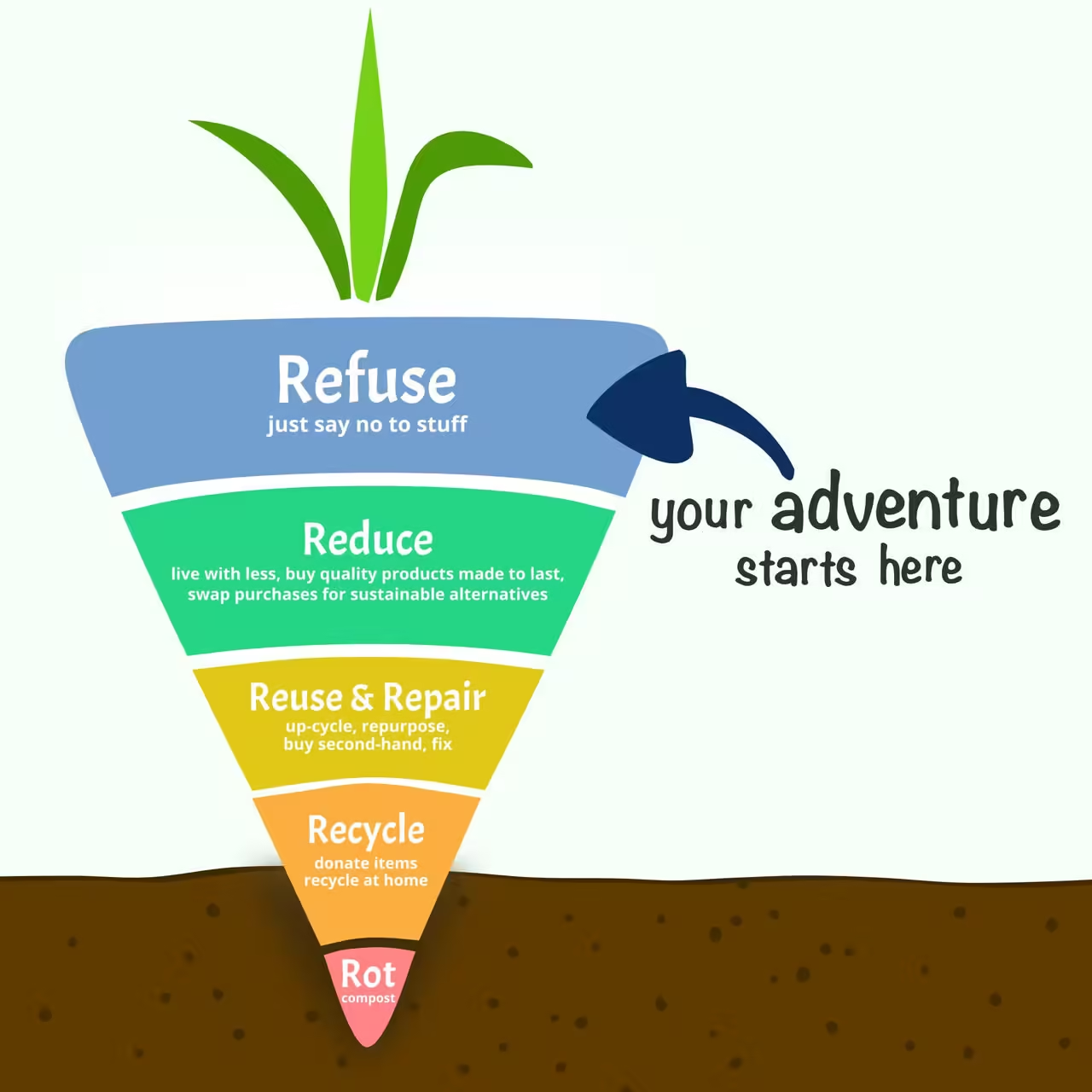Understanding Daylight Saving Time: What It Is and How It Works

Understanding Daylight Saving Time: What It Is and How It Works
In the United States, many individuals change their clocks twice a year to observe Daylight Saving Time (DST), which causes the clock to move back by one hour in the fall and forward by one hour in the warmer months. What is Daylight Saving Time, though, and why is it observed?

Daylight Saving Time: What is it?
The purpose of Daylight Saving Time is to maximize daylight throughout the longer summer days. Clocks are essentially moved one hour ahead in the spring (“spring forward”) and backward in the fall (“fall back”). Usually, this shift lasts from the first Sunday in November until the second Sunday in March.
Historical Context
Benjamin Franklin initially put out the idea of DST in 1784, but it wasn’t until the early 1900s that it was put into practice. In 1916, DST was initially used by Germany and Austria-Hungary as a fuel-saving strategy during the war. In 1918, the United States did the same.
The Uniform Time Act of 1966 created a consistent DST schedule throughout the United States, standardizing the present system. By changing the start and end dates, the Energy Policy Act of 2005 further prolonged DST by four weeks.
Why Do We Keep Track of DST?
Making greater use of daylight during the longer summer days is the main motivation behind DST observance. People may enjoy extra daylight in the evenings by moving the clock forward. By promoting outdoor activities, this approach seeks to improve general quality of life and save energy by lowering the demand for artificial illumination.
Effects and Debate
Despite its advantages, DST is not without debate. The time shift, according to critics, may interfere with sleep cycles and have a detrimental effect on health. Furthermore, the energy savings are frequently disputed; some research indicates that the advantages are negligible.
“There are supporters and opponents of daylight saving time,” explains sleep expert Dr. Emily Harris. “While some enjoy the extra daylight in the evenings, others find the adjustment to be challenging, particularly during the transition periods.”
Global Awareness
Not every nation observes DST, and even those that do not all follow the same customs. For instance, states like Arizona and Hawaii do not observe DST, even though the majority of the US does. Since there is little variance in daylight throughout the year, countries close to the equator often do not employ DST.
conclusion
The purpose of Daylight Saving Time is to maximize daylight throughout the longer summer days. Although it offers benefits like longer evening daylight and energy conservation, it is criticized for its dubious energy savings and possible negative health effects. The future of DST is still up for dispute as talks go on.( wikipedia.org).
You also may like : newstimzone.com



















